Family history and disease risk play big roles
By David Dunaief, M.D.

Is drinking alcohol good for you or bad for you? It’s one of the most widely used over-the-counter drugs, and yet there is still confusion over whether it benefits or harms to your health. The short answer: it depends on your circumstances, including your family history and consideration of diseases you are at high risk of developing.
Several studies tout alcohol’s health benefits, while others warning of its risks. The diseases addressed by these studies include breast cancer, heart disease and stroke. Remember, context is the determining factor when evaluating alcohol consumption.
Weighing Breast Cancer Risk
In a meta-analysis of 113 studies, there was an increased risk of breast cancer with daily consumption of alcohol (1). The increase was a modest, but statistically significant, four percent, and the effect was seen at one drink or less a day. The authors warned that women who are at high risk of breast cancer should not drink alcohol or should drink it only occasionally.

It was also shown in the Nurses’ Health Study that drinking three to six glasses a week increases the risk of breast cancer modestly over a 28-year period (2). This study involved over 100,000 women. Even a half-glass of alcohol was associated with a 15 percent elevated risk of invasive breast cancer. The risk was dose-dependent, with one to two drinks per day increasing risk to 22 percent, while those having three or more drinks per day had a 51 percent increased risk.
Alcohol’s impact on breast cancer risk is being actively studied, considering types of alcohol, as well as other mitigating factors that may increase or decrease risk. We still have much to learn.
Based on what we think we know, if you are going to drink, a drink several times a week may have the least impact on breast cancer. According to an accompanying editorial, alcohol may work by increasing the levels of sex hormones, including estrogen, and we don’t know if stopping diminishes the effect, although it might (3).
Effect on Stroke Risk
On the positive side, the Nurses’ Health Study demonstrated a decrease in the risk of both ischemic (caused by clots) and hemorrhagic (caused by bleeding) strokes with low to moderate amounts of alcohol (4). This analysis involved over 83,000 women. Those who drank less than a half-glass of alcohol daily were 17 percent less likely than nondrinkers to experience a stroke. Those who consumed one-half to one-and-a-half glasses a day had a 23 percent decreased risk of stroke, compared to nondrinkers.
However, women who consumed more experienced a decline in benefits, and drinking three or more glasses daily resulted in a non-significant increased risk of stroke. The reasons for alcohol’s benefits in stroke have been postulated to involve an anti-platelet effect (preventing clots) and increasing HDL (“good”) cholesterol. Patients should not drink alcohol solely to get stroke protection benefits.
If you’re looking for another option to achieve the same benefits, an analysis of the Nurses’ Health Study recently showed that those who consumed more citrus fruits had approximately a 19 percent reduction in stroke risk (5).
The citrus fruits used most often in this study were oranges and grapefruits. Note that grapefruit may interfere with medications such as Plavix (clopidogrel), a commonly used antiplatelet medication used to prevent strokes (6).
Effect on Heart Attack Risk
In the Health Professionals follow-up study, there was a substantial decrease in the risk of death after a heart attack from any cause, including heart disease, in men who drank moderate amounts of alcohol compared to those who drank more or were non-drinkers (7). Those who drank less than one glass daily experienced a 22 percent risk reduction, while those who drank one-to-two glasses saw a 34 percent risk reduction. The authors mention that binge drinking negates any benefits. This study has a high durability spanning 20 years.
What’s the Answer?
Moderation is the key. It is important to remember that alcohol is a drug that does have side effects, including insomnia. The American Heart Association recommends that women drink up to one glass a day of alcohol. I would say that less is more. To get the stroke benefits and avoid the increased breast cancer risk, half a glass of alcohol per day may be the ideal amount for women. Moderate amounts of alcohol for men are up to two glasses daily, though one glass showed significant benefits.
Remember, there are other ways of reducing your risks that don’t require alcohol. However, if you enjoy it, modest amounts may reap some health benefits.
References:
(1) Alc and Alcoholism. 2012;47(3)3:204–212. (2) JAMA. 2011;306:1884-1890. (3) JAMA. 2011;306(17):1920-1921. (4) Stroke. 2012;43:939–945. (5) Stroke. 2012;43:946–951. (6) Medscape.com. (7) Eur Heart J. Published online March 28, 2012.
Dr. David Dunaief is a speaker, author and local lifestyle medicine physician focusing on the integration of medicine, nutrition, fitness and stress management. For further information, visit www.medicalcompassmd.com.


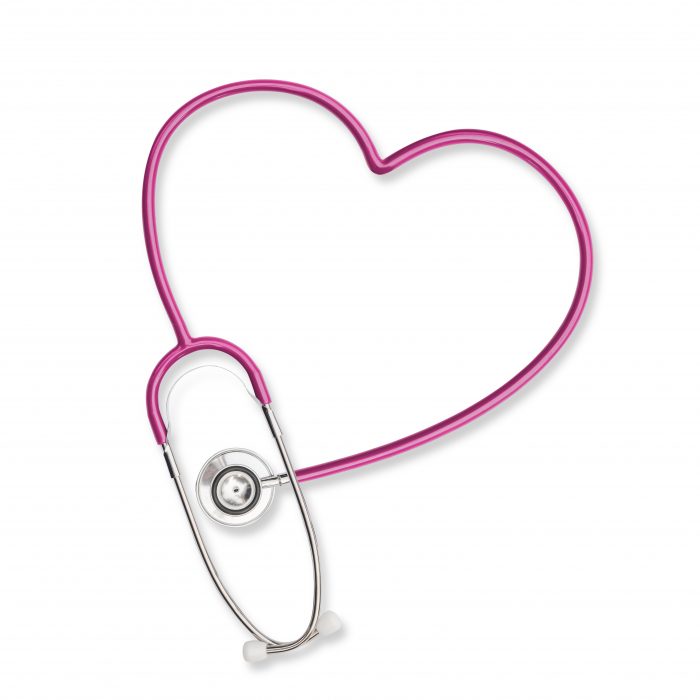
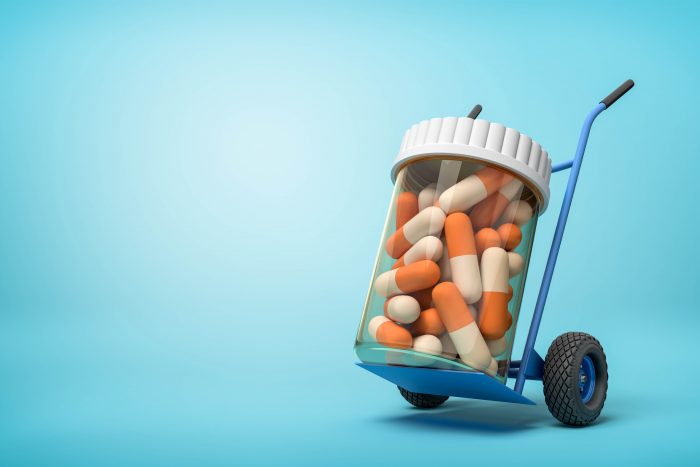
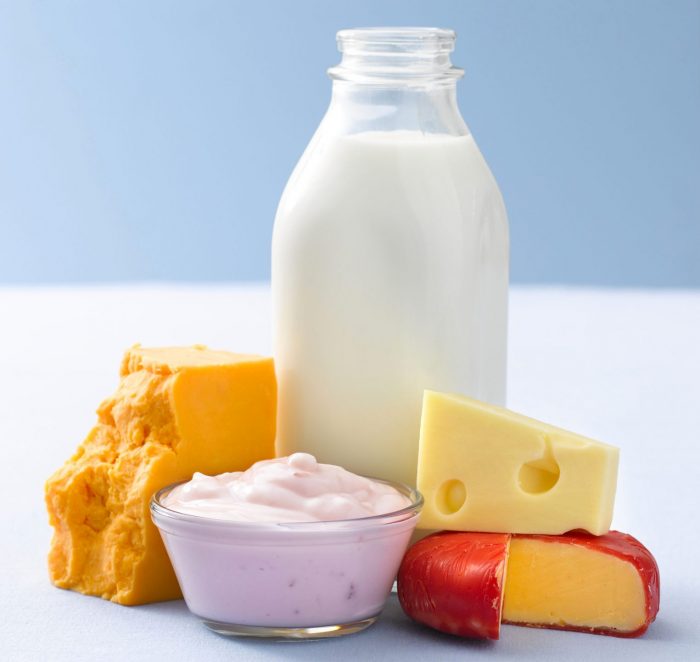
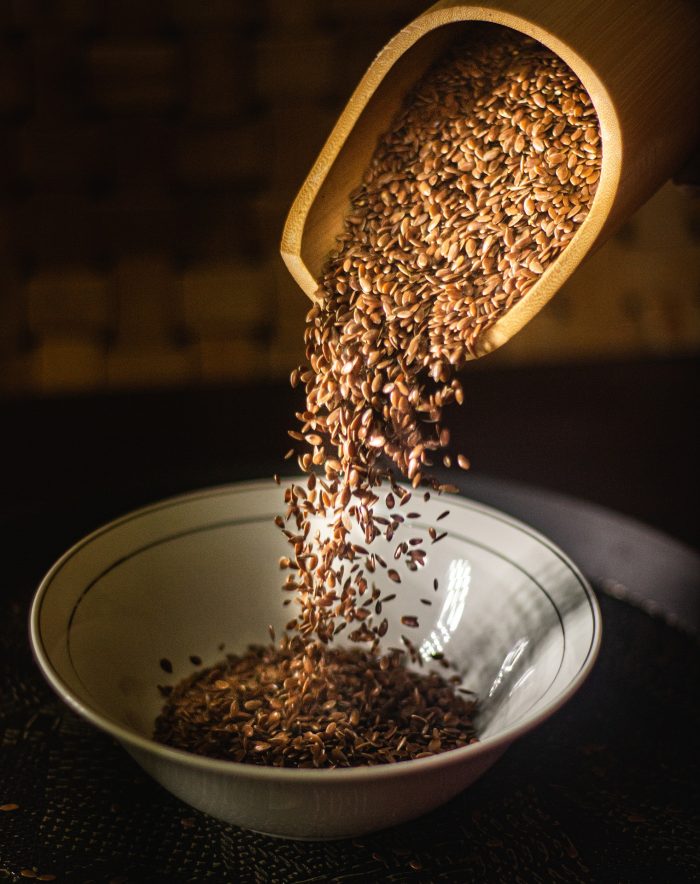

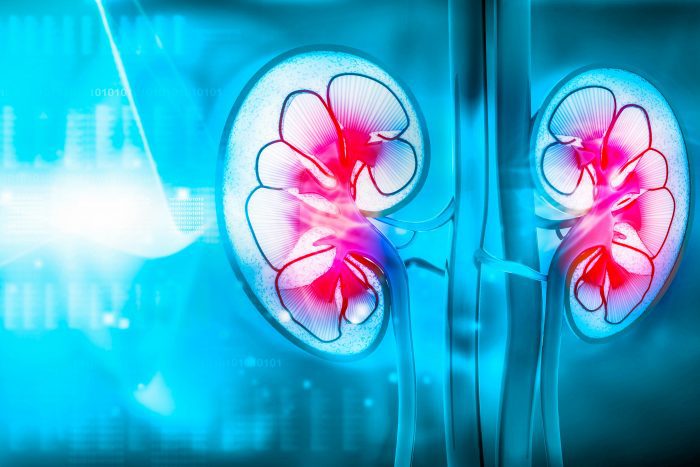
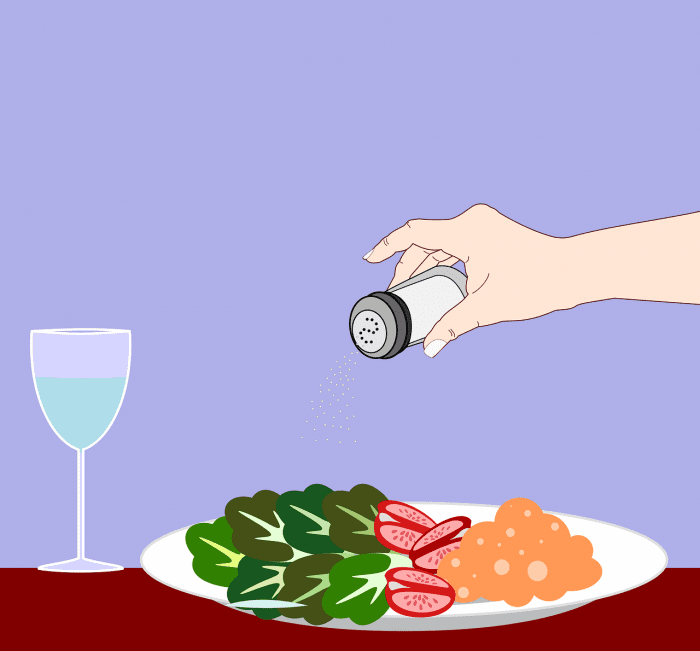
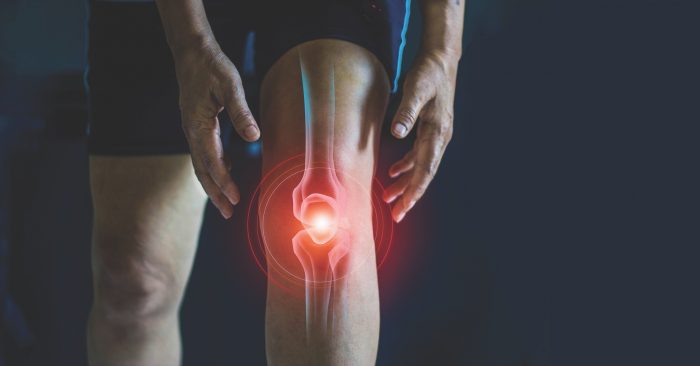

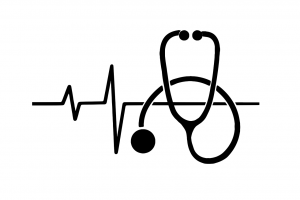 To monitor your progress, cardiac biomarkers are telling, including inflammatory markers like C-reactive protein, blood pressure, cholesterol and body mass index.
To monitor your progress, cardiac biomarkers are telling, including inflammatory markers like C-reactive protein, blood pressure, cholesterol and body mass index.


